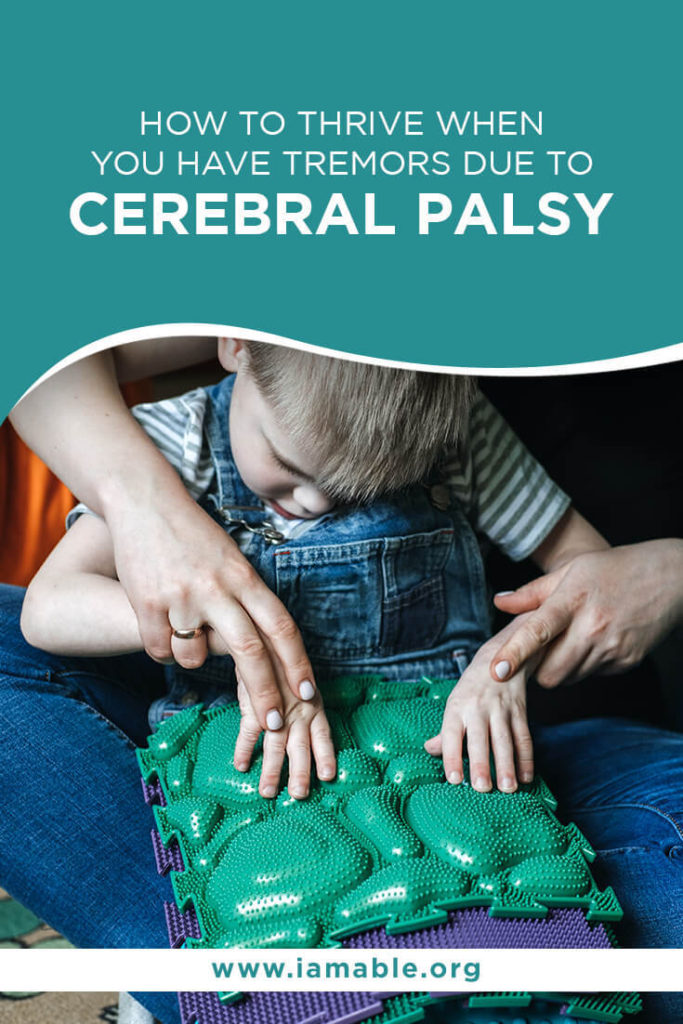Miami, FL 33186

Cerebral palsy can affect a person’s ability to move, significantly affecting their balance and posture. This is the most common disability in children who are at the stage of developing their motor skills. There are different types of cerebral palsy, as seen by experts who help patients achieve paralysis recovery in Miami. Some bring involuntary tremors to the patient, making daily life more challenging. But with proper care, you can effectively manage your tremors and live a high quality of life.
Cerebral palsy usually appears in the early years of a child’s life. There is no known onset of this condition in adults. Children typically get diagnosed with this condition within their first two years.
Based on your child’s symptoms, your doctor may associate their condition with a particular type of cerebral palsy. It will also be more efficient to get proper care and paralysis recovery in Miami if you are familiar with these different types:
Your doctor may also let you know the parts affected by cerebral palsy. By knowing this, you will better understand how you can train the body to move and what type of approach you should take to achieve paralysis recovery in Miami.
Tremors are involuntary movements that can occur in any part of your body. Patients with ataxic cerebral palsy may find it challenging to perform daily tasks as this type usually brings tremors.
Ataxic is the rarest type of cerebral palsy, affecting an estimated 5-10% of cerebral palsy patients. This happens when the cerebellum, the part of the brain responsible for balance and coordination, gets injured or damaged. The damage to the cerebellum can trigger tremors on one or both sides of the body. For example, if the damage develops on the right side of your cerebellum, the muscle tremors can manifest on the left side and vice versa.
If you’re wondering how tremors can happen, know that cerebellum doesn’t trigger movement. This is because this part of the brain is responsible for sending signals to ensure the body will respond correctly once an action occurs. Damage to the cerebellum may cause the signals to travel slow or even fail to transmit the nerve impulses altogether. Unfortunately, this often results in the physical challenges the patient experiences.
When your child gets diagnosed with ataxic cerebral palsy, you may notice its effects in most of the body, but it may impact their arms, legs, fingers, eyes, and throat.
Currently, there is no cure for cerebral palsy, but with proper care, early intervention, therapy, and proper medication, diagnosed individuals can thrive and live a quality life.
Aside from tremors, people experience other effects of a damaged cerebellum. Every patient may be affected differently, so it’s essential to be aware of other potential impacts. A damaged cerebellum may also trigger the following symptoms:
Working with a reputable rehab facility such as iAM ABLE may benefit cerebral palsy patients to appropriately and efficiently manage these symptoms or complications. You can improve the tremors and others through proper therapy and a personalized approach that best fits the patient’s needs.
Cerebral palsy can make movements such as walking and grabbing things by the hand complicated and unpredictable. In the case of ataxic cerebral palsy, tremors and other delicate motor issues can occur. However, through early intervention and activity-based therapy, people with paralyzing conditions such as cerebral palsy can live active and independent lives.
We at iAM ABLE specialize in providing activity-based therapy for individuals with cerebral palsy. To have the best possible advancement in the day-to-day, we make sure the treatment plan for every patient is customized and personalized according to their needs.
The goal is to improve the challenges this condition brings to your motor functions through targeted balance and coordination exercises. When tremors exist, moving effectively may be challenging and discouraging to the patients. But the key is continuously practicing and training your brain to coordinate movement with your muscles until you improve.
While tremors may still occur, the continuous stimulation of your body parts and muscles through targeted exercise can help people be more at ease moving around despite the tremors.
Things may not go as planned at times. Illnesses can manifest differently for everyone, whether you like it or not. If the tremors and other symptoms of cerebral palsy have progressed and caused significant paralysis, it is by no means hopeless. Instead, you may eventually see life differently as you move forward. Yes, your life may never be the same due to the new life and challenges. But, it doesn’t mean it’s the end of the road for you.
You can move forward and thrive beyond paralysis and eventually take control of your whole situation. It can be a long and challenging battle, but it’s not a losing one. With your permission, we will send you the FREE e-book: 7 Crucial Steps Needed to Thrive after Paralysis. We have put this book together to ensure that we are part of your journey to your paralysis recovery in Miami or other parts of the country.
Grab our free e-book 7 Unbelievably Important Steps to Take to THRIVE after Paralysis by clicking the image below.
